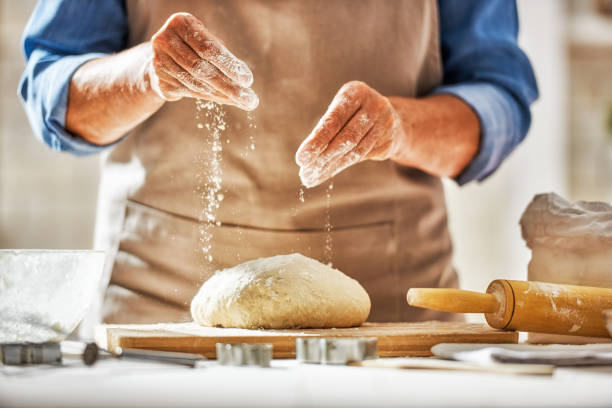The History of Paratha Breakfast
It is believed that there is at least one tortilla frequently consumed in every country. Many are very popular around the world, such as the Greek pita, Italian focaccia, and tortillas in many Latin American countries. In India, there are many tortillas with unique textures and flavors. In this article, we look at paratha, its history, preparation, and popularity in the subcontinent and beyond.
Paratha is also spelled Parantha, Parontai, and Prontha, with
regional differences, but all refer to the same patty. The word paratha is a
combination of the Urdu word parat, meaning layer, and the Hindi word atta,
meaning flour or dough.
Paratha is made from atta flour (wheat flour) and when
making paratha without filling, the dough is constantly coated with ghee
(clarified butter), similar to the way cream puffs are made. Once the layers
are formed, the dough is rolled into a regular circle (other geometric shapes
are rare), baked in a disc-shaped pan (tawa), and then fried in oil. Finally,
paratha is often served with spices like raita, plain yogurt and pickles. It is
often eaten for breakfast or as a snack for tea. Ready-made paratha is also
available frozen or pre-cooked in various markets and is easy to prepare, as it
only needs to be heated up. They are most often found in Western markets.
Paratha is sometimes filled with cheese or meat, but almost
always with some type of vegetable. The most popular paratha is al paratha
(paratha stuffed with potatoes, often with spices and sometimes with beans),
which I personally love. There are many types of paratha, including paneer paratha,
cauliflower gobi paratha, radish mulli paratha and hara bhara paratha.
About Author:
Sara has completed her education in marketing and started her
career as a digital marketer. She is a content writer by profession. And she
would love to add multiple things to her knowledge that she can add to her
writing style. She writes about paratha in Canada.



